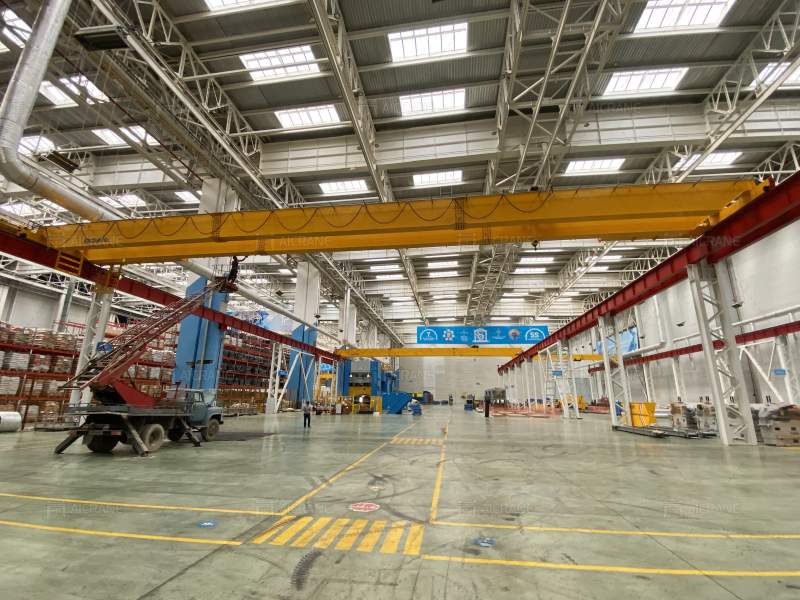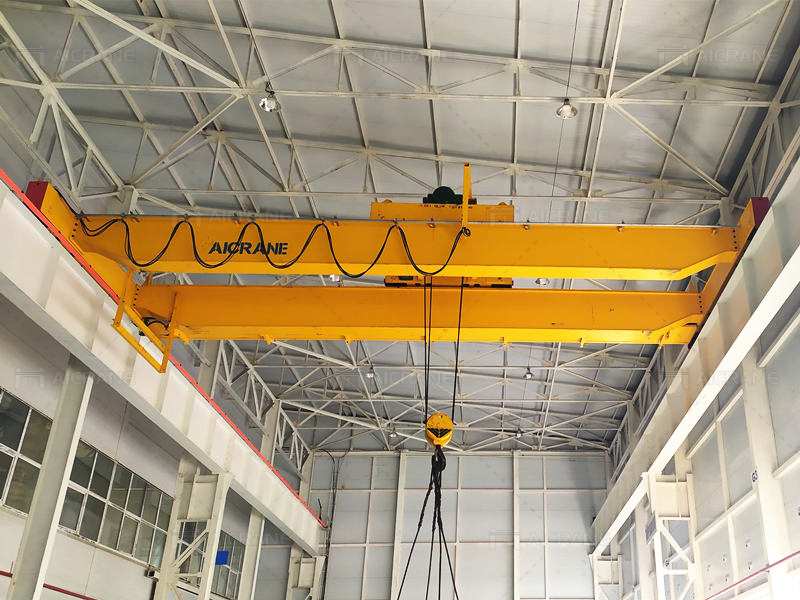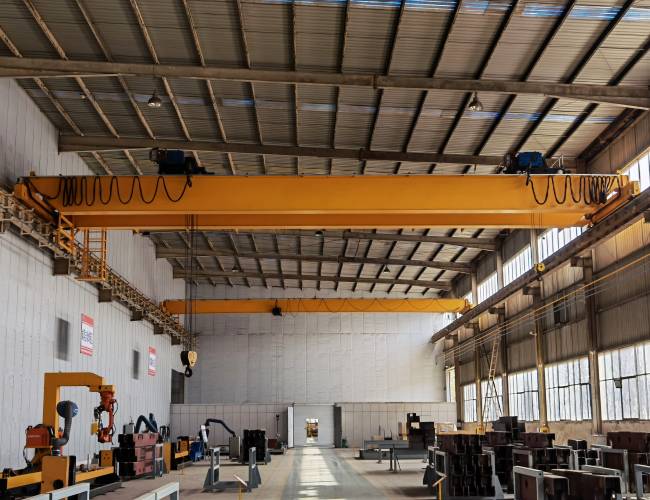Electric Overhead Traveling (EOT) cranes are essential in industries ranging from manufacturing to warehousing, where they are used to lift, move, and precisely position heavy loads. Ensuring that these cranes operate safely and reliably is critical, as they are integral to daily operations and involve significant safety risks if not designed, installed, and maintained correctly. Reputable EOT crane suppliers prioritize safety and reliability throughout the entire lifecycle of the crane—from design through installation. This article explores how top suppliers address these priorities, ensuring that their products meet the rigorous demands of industrial use.

Rigorous Design and Engineering Standards
The foundation of a safe and reliable EOT crane begins in the design phase. Top EOT crane suppliers employ expert engineers who carefully plan each aspect of the crane’s structure, capacity, and functionality. They design cranes to meet stringent industry standards, such as those outlined by OSHA (Occupational Safety and Health Administration) and ANSI (American National Standards Institute) in the U.S., or similar regulatory bodies worldwide. These standards guide crucial elements of crane design, including load capacity, load distribution, and safety features.
During this phase, engineers also use advanced simulation tools to predict how the crane will perform under various conditions. They factor in the expected loads, frequency of use, and the specific environment where the crane will operate. By simulating stresses and potential failure points, suppliers can refine the design to ensure maximum safety and efficiency, reducing the risk of accidents or equipment failure once the crane is in use. Eot cranes can be designed into single girder or double girder crane type to suit different lifting requirements.
Selecting High-Quality Materials and Components
A crucial part of crane design is the selection of materials and components. Reputable EOT crane suppliers use high-grade, durable materials that can withstand the demands of heavy lifting, high-frequency use, and exposure to potentially harsh environments. Components like the bridge beams, end trucks, hoists, and wire ropes are chosen based on their strength, durability, and resistance to wear.
For instance, suppliers often use steel alloys that offer a balance of strength and weight. Furthermore, these cranes incorporate heavy-duty motors, advanced braking systems, and reinforced cables that enhance operational safety. Quality materials and components may add to the upfront the cost of overhead crane, but they are crucial for reliability, reducing maintenance needs and ensuring long-term performance.

Incorporating Advanced Safety Features
In addition to structural integrity, leading EOT crane suppliers integrate a range of advanced safety features to protect operators and bystanders. Safety mechanisms include overload protection, emergency stop systems, anti-sway controls, and limit switches.
- Overload protection: prevents the crane from lifting more than its rated capacity, reducing the risk of equipment failure due to excessive stress.
- Emergency stop systems: allow operators to halt crane operations immediately in case of a hazard or malfunction.
- Anti-sway technology: minimizes load swinging during movement, allowing for precise positioning and reducing the risk of accidental impact.
- Limit switches: restrict the crane’s movement within designated boundaries, preventing it from overextending beyond safe operational limits.
These features work together to make EOT crane operations safer and more efficient, while also reducing wear and tear on the crane itself, enhancing its reliability.
Precision Installation and Setup
The installation phase is as critical as the design, as any errors here can compromise the crane’s safety and performance. Reliable EOT crane suppliers provide skilled installation teams or trained technicians who follow meticulous procedures to ensure that the crane is set up correctly and aligned with operational specifications.
During installation, technicians confirm that the crane’s rails are level, the structural components are securely fastened, and the electrical systems are connected according to the design requirements. They also perform load testing to verify that the crane can handle its rated capacity safely. Proper installation is key for preventing structural stress, reducing wear on components, and ensuring smooth crane operation, ultimately contributing to a safer work environment.

Thorough Testing and Commissioning
Once the crane is installed, suppliers conduct comprehensive testing and commissioning to confirm that it meets all safety and performance standards. This process includes testing each operational aspect of the crane, from the hoist’s lifting capabilities to the responsiveness of emergency stops. Load tests are often performed, incrementally increasing the weight to verify the crane’s capacity.
Testing also covers the crane’s control systems, ensuring that manual and remote controls function accurately. Suppliers check that all safety features, like overload protection and limit switches, work effectively. Any issues found during commissioning are addressed immediately, making sure the crane operates reliably from day one.
Ongoing Maintenance Support and Training
EOT crane suppliers recognize that safety and reliability don’t end with installation; they provide ongoing maintenance support and operator training to maximize the crane’s lifespan and safe operation. Routine inspections, lubrication, and adjustments are necessary to keep the crane functioning correctly over time. Many suppliers offer maintenance plans, which include regular inspections, preventive maintenance, and access to replacement parts.
Operator training is another critical aspect of safety. Reliable suppliers offer comprehensive training sessions to ensure operators understand the crane’s capabilities, limits, and safety features. Skilled operators are essential to preventing accidents and ensuring that the crane equipment is used efficiently. Properly trained personnel know how to recognize early signs of wear or malfunction, helping prevent costly repairs or potential accidents.
Conclusion
EOT crane suppliers who prioritize safety and reliability deliver more than just a piece of equipment; they offer a comprehensive solution that supports safe and efficient lifting operations. From rigorous design and high-quality materials to precision installation, thorough testing, and ongoing maintenance, each phase is executed with safety in mind. By choosing a reputable EOT crane supplier, businesses not only enhance productivity but also create a safer working environment, ensuring that their investment in a crane provides value for many years to come.